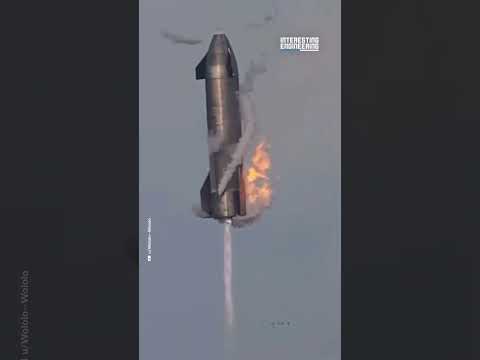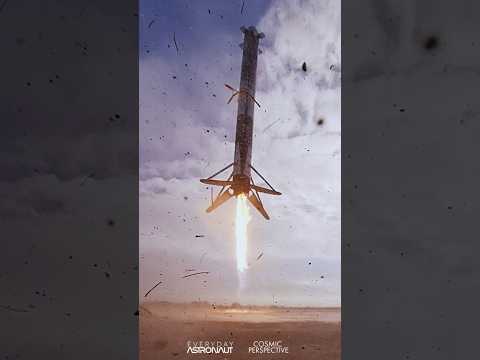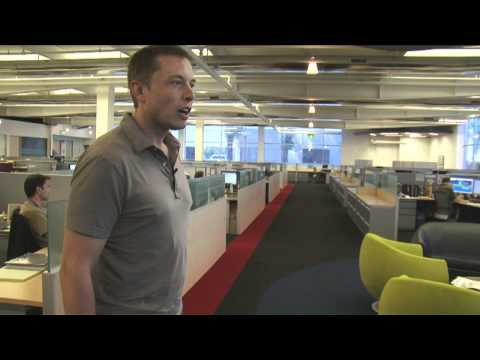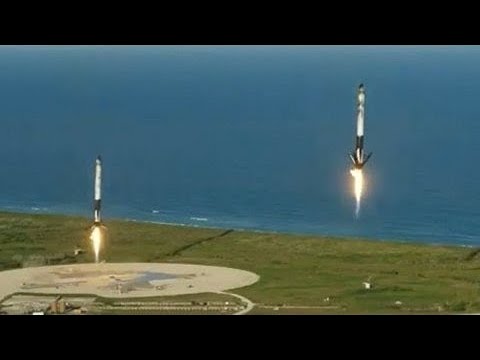Introduction
On November 15, 2020, SpaceX, the renowned private aerospace manufacturer and space transportation company founded by Elon Musk, accomplished yet another remarkable feat in the realm of space exploration. The historic Crew-1 mission, in collaboration with NASA, successfully launched four astronauts into space from Kennedy Space Center’s Launch Complex 39A in Florida. This launch marked a significant milestone for both SpaceX and NASA as they continue to revolutionize human spaceflight capabilities.
A New Era in Human Spaceflight
The Crew-1 mission is a testament to the incredible scientific advancements made in recent years, solidifying SpaceX’s role as a key player in human space exploration. The mission builds on the success of earlier SpaceX milestones such as the Dragon Demo-2 mission conducted earlier this year, which marked the first-ever crewed launch under NASA’s Commercial Crew Program.
The Launch
At precisely 7:27 pm EST on November 15th, SpaceX’s Falcon 9 rocket roared to life as it propelled the Crew Dragon spacecraft carrying four astronauts towards their destination – the International Space Station (ISS). Inside the spacecraft were NASA astronauts Michael Hopkins, Victor Glover Jr., and Shannon Walker, alongside Japan Aerospace Exploration Agency (JAXA) astronaut Soichi Noguchi.
Following an exemplary countdown and a flawless liftoff that illuminated the Florida night sky, Falcon 9 soared into orbit carrying its precious crew. The excitement was palpable worldwide as millions watched this incredible technological achievement live from their homes.
Successful Stage Separation and First Stage Landing
Approximately nine minutes after liftoff, Falcon 9’s first stage successfully separated from Crew Dragon at an altitude of around 68 miles above Earth. As expected for most SpaceX launches these days, viewers were treated to an awe-inspiring spectacle of reusability. The first stage booster conducted a series of precisely planned maneuvers and descended gracefully back to Earth, eventually landing on SpaceX’s “Of Course I Still Love You” drone ship stationed in the Atlantic Ocean, ready to be refurbished and flown again for future missions. This momentous achievement signifies the significant progress made towards cost-effective and sustainable space transportation.
The Journey Ahead
The Crew Dragon spacecraft, now autonomously navigating through space, will spend approximately 27 hours in orbit before rendezvousing with the ISS. Upon arrival, the Crew-1 mission astronauts will join NASA astronaut Kate Rubins and Russian cosmonauts Sergey Ryzhikov and Sergey Kud-Sverchkov, who are currently residing aboard the ISS as part of Expedition 64.
During their six-month stay aboard the orbiting laboratory, the Crew-1 astronauts will conduct a myriad of scientific experiments and contribute to ongoing research projects focusing on various aspects of life in microgravity. Moreover, this extended stay on the ISS will permit astronauts to better understand how longer-duration missions to outer space could affect human health and performance—an essential component for NASA’s goal of sending humans to Mars eventually.
Conclusion
SpaceX’s Crew-1 mission symbolizes a groundbreaking leap forward for human space exploration. Through their partnership with NASA under the Commercial Crew Program, SpaceX has demonstrated not only their technological prowess but also their commitment to advancing humanity’s understanding of space travel. With successful launches like this one, we inch closer towards a future where crewed missions to other planets become a reality. The launch of the Crew-1 mission showcases how collaboration between private entities and government agencies can drive innovation forward while opening up new possibilities for mankind beyond Earth’s boundaries.





